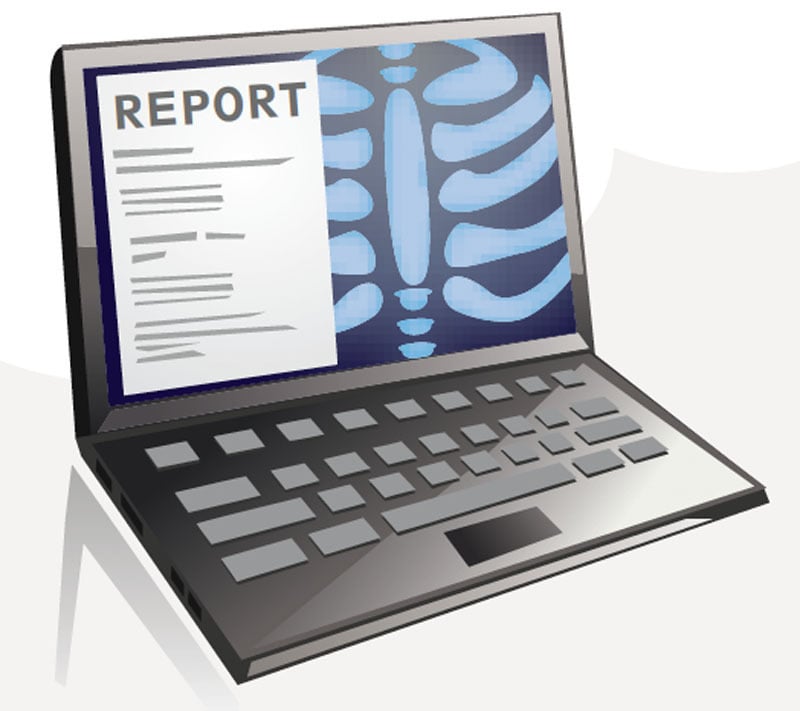
May 23, 2013 — Intermountain Healthcare, a Utah-based nonprofit system of 22 hospitals and 185 clinics, is compiling the cumulative radiation patients receive from about 220,000 higher-dose procedures and imaging exams each year, starting with exams performed in the last quarter of 2012. That information is now readily available to both physicians and patients.
Physicians and other medical personnel can review the cumulative radiation a patient has received through Intermountain’s electronic medical record system. Patients can view their own radiation history by signing up for Intermountain’s free “My Health” program, which provides information through a secure password-protected portal on the Internet. In addition to providing the cumulative radiation history, patients and physicians are also given access to educational materials on the risks and benefits of medical radiation.
“With this information, clinicians and staff have reduced radiation, avoided unnecessary treatments, and found alternatives which do not involve X-rays,” said Donald Lappé, M.D., medical director of Intermountain’s Cardiovascular Clinical Program.
While a patient’s individual situation typically dictates the imaging procedure needed, knowing a patient’s cumulative radiation exposure can help physicians and medical caregivers determine which type of imaging test is best. The benefits from a procedure usually outweigh the slightly increased cancer risk from exposure to radiation, but the potential risk of radiation should be considered before these imaging tests are performed. In some cases, equivalent information can be obtained with a medical test that does not use radiation, such as ultrasound or magnetic resonance imaging (MRI) scans.
“Having such information available is especially helpful for children with certain chronic health problems, as they may need to have many tests involving radiation during their lifetime,” says Keith White, M.D., medical director of Intermountain’s Imaging Services. “The cancer risk from an imaging test is lower the older a person gets, and the highest risk is for children.”
For more information: www.intermountainhealthcare.org


 December 10, 2025
December 10, 2025 









